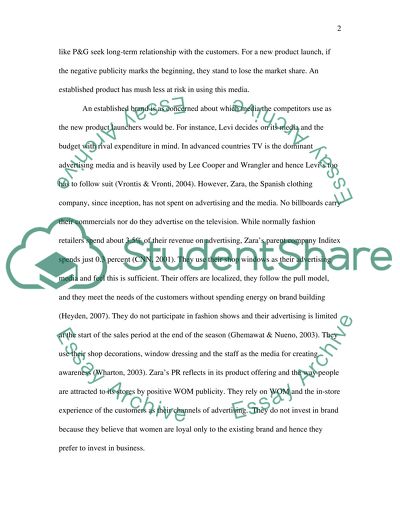Cite this document
(Marketing Value of Advertisement Campaign for New Product Launch Research Paper, n.d.)
Marketing Value of Advertisement Campaign for New Product Launch Research Paper. Retrieved from https://studentshare.org/marketing/1553619-marketing-and-advertising-essay
Marketing Value of Advertisement Campaign for New Product Launch Research Paper. Retrieved from https://studentshare.org/marketing/1553619-marketing-and-advertising-essay
(Marketing Value of Advertisement Campaign for New Product Launch Research Paper)
Marketing Value of Advertisement Campaign for New Product Launch Research Paper. https://studentshare.org/marketing/1553619-marketing-and-advertising-essay.
Marketing Value of Advertisement Campaign for New Product Launch Research Paper. https://studentshare.org/marketing/1553619-marketing-and-advertising-essay.
“Marketing Value of Advertisement Campaign for New Product Launch Research Paper”, n.d. https://studentshare.org/marketing/1553619-marketing-and-advertising-essay.


